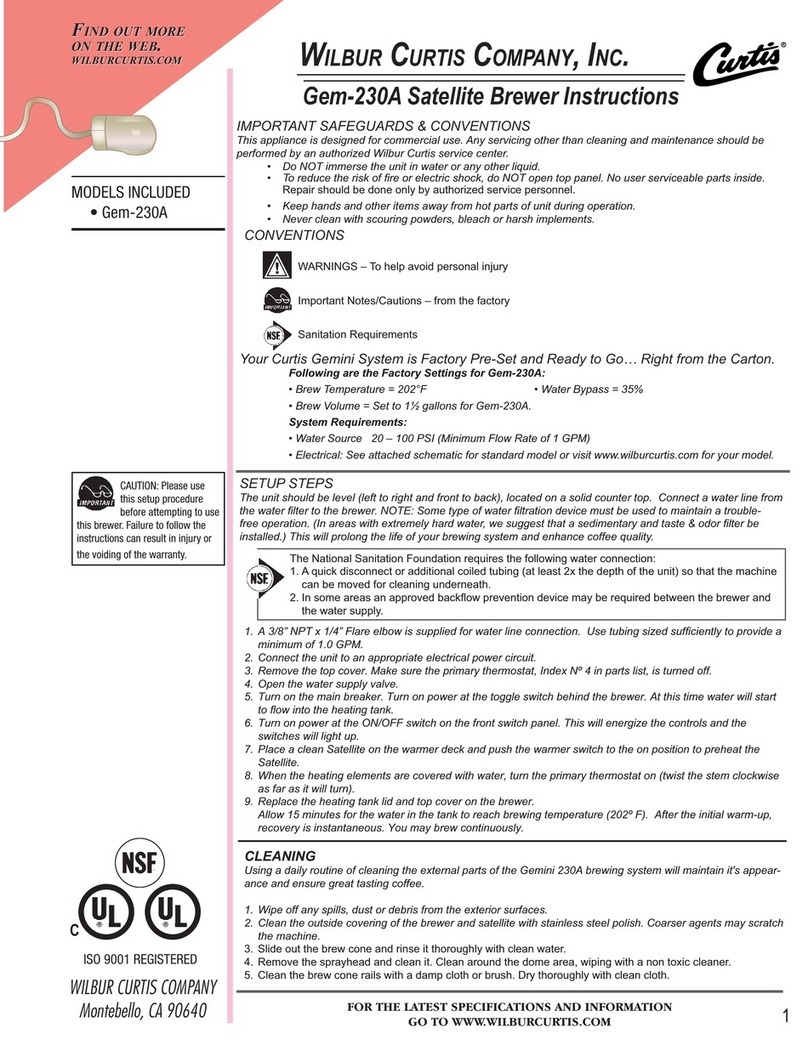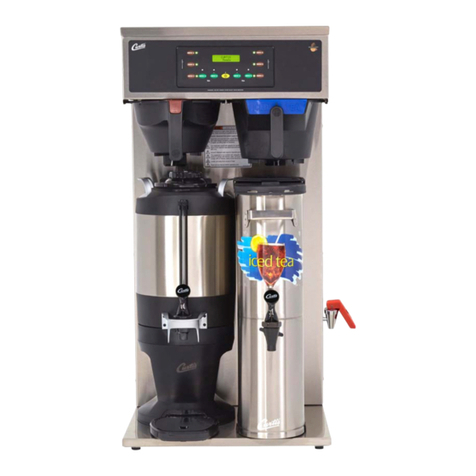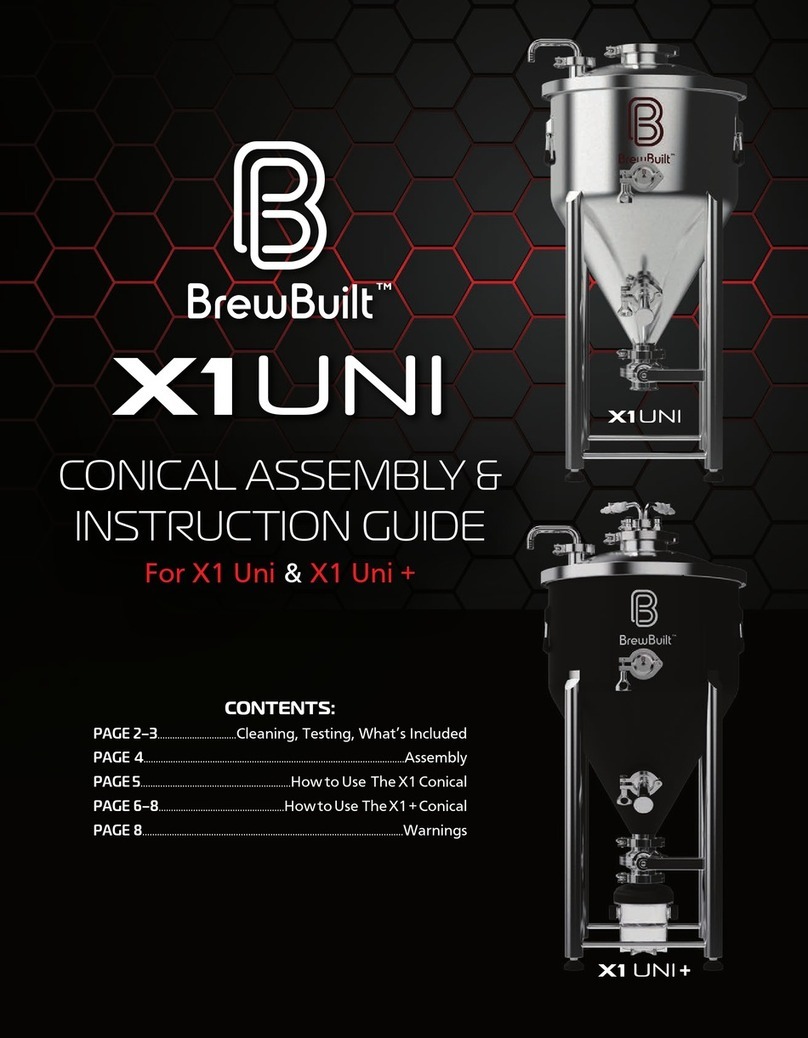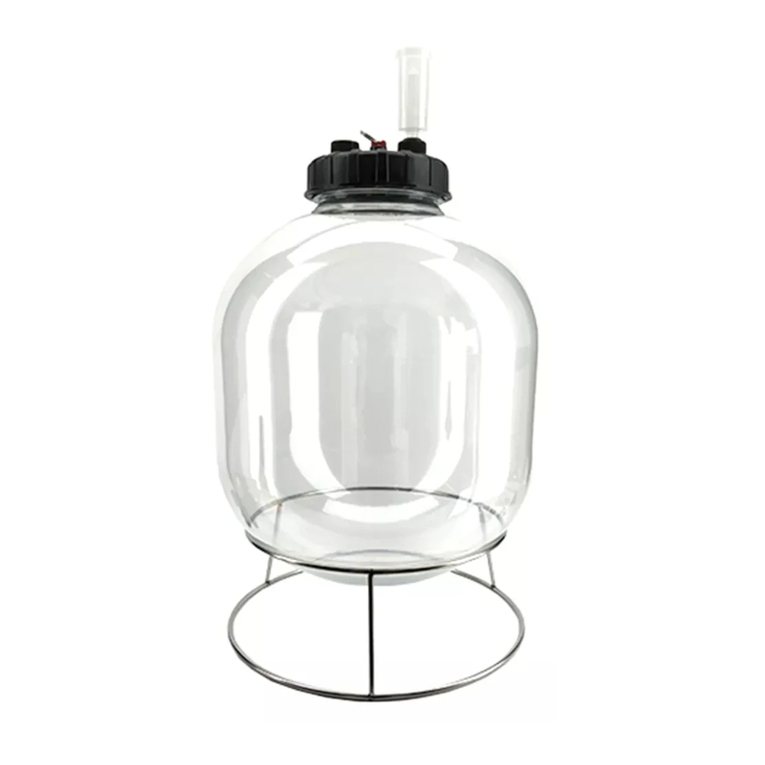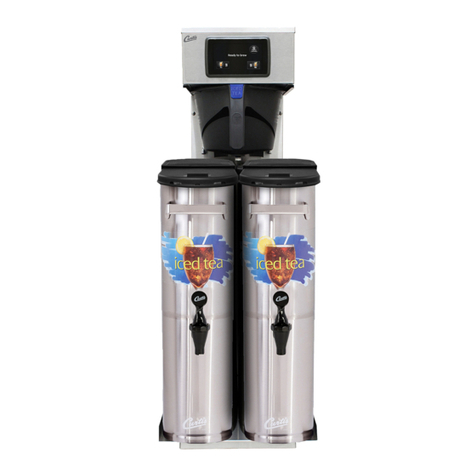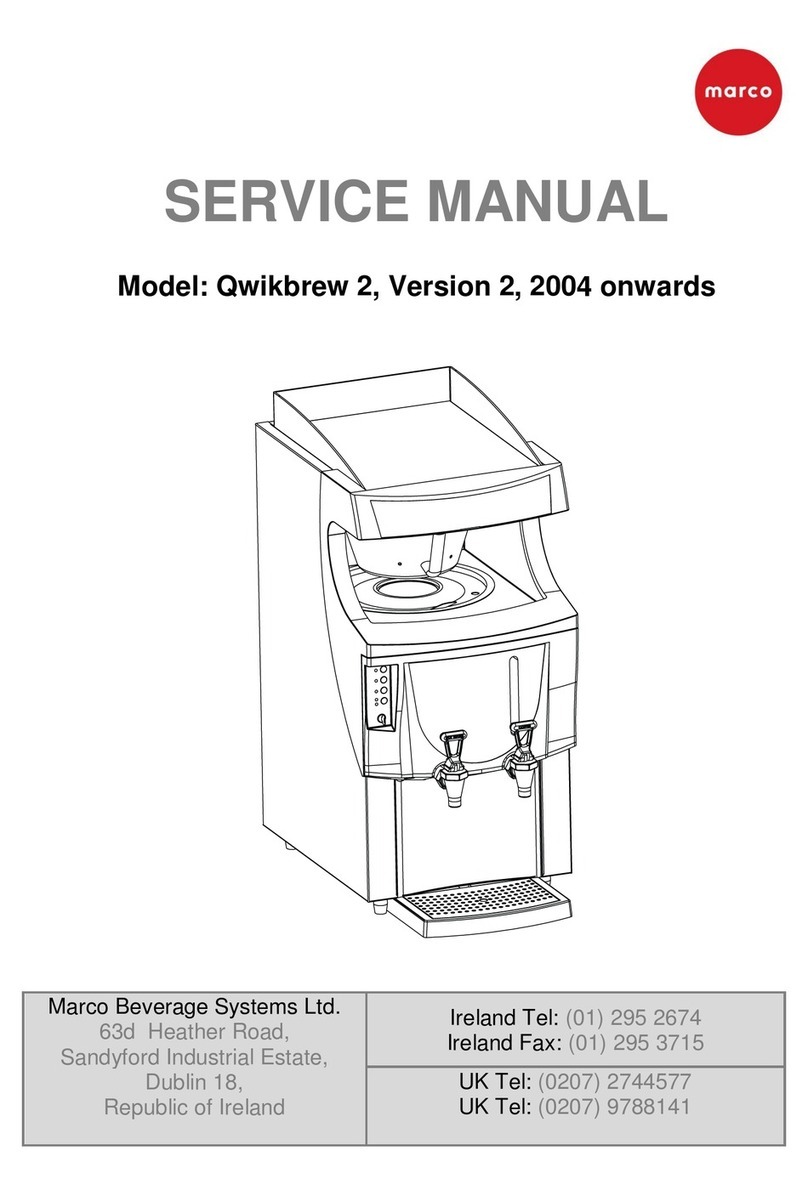Ss Brewtech BREWMASTER User manual
Other Ss Brewtech Brewing System manuals
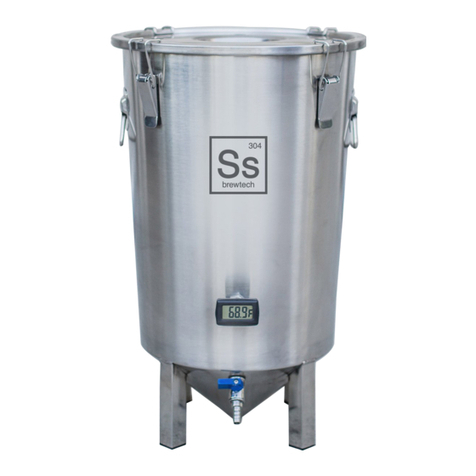
Ss Brewtech
Ss Brewtech E-Kettle 304 User manual
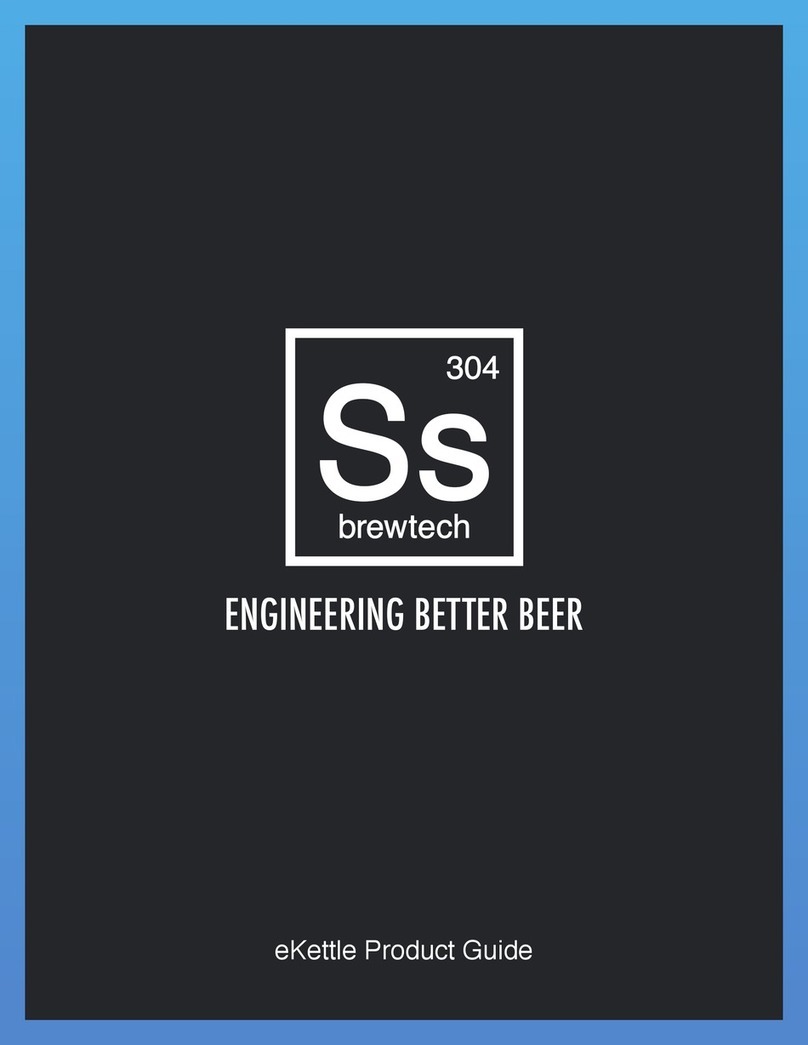
Ss Brewtech
Ss Brewtech E-Kettle 304 User manual
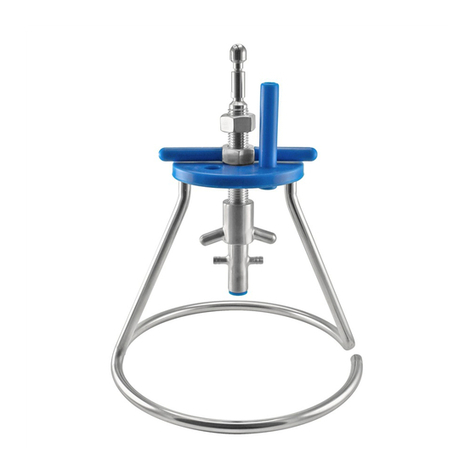
Ss Brewtech
Ss Brewtech Keg WaSsher User manual
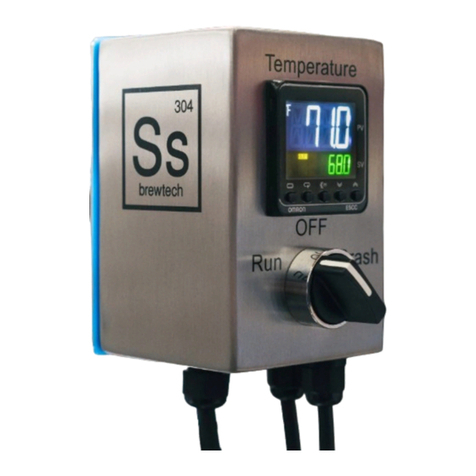
Ss Brewtech
Ss Brewtech FTSs Pro User manual
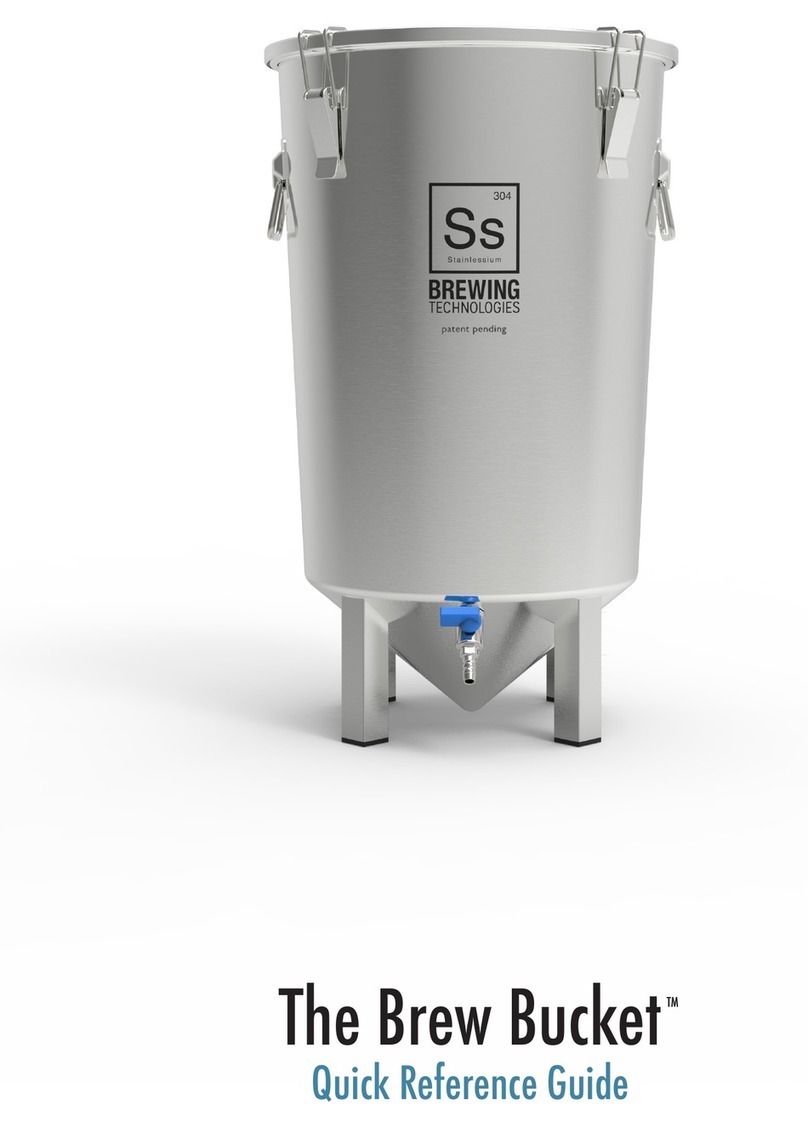
Ss Brewtech
Ss Brewtech The Brew Bucket User manual

Ss Brewtech
Ss Brewtech E-Kettle 304 User manual
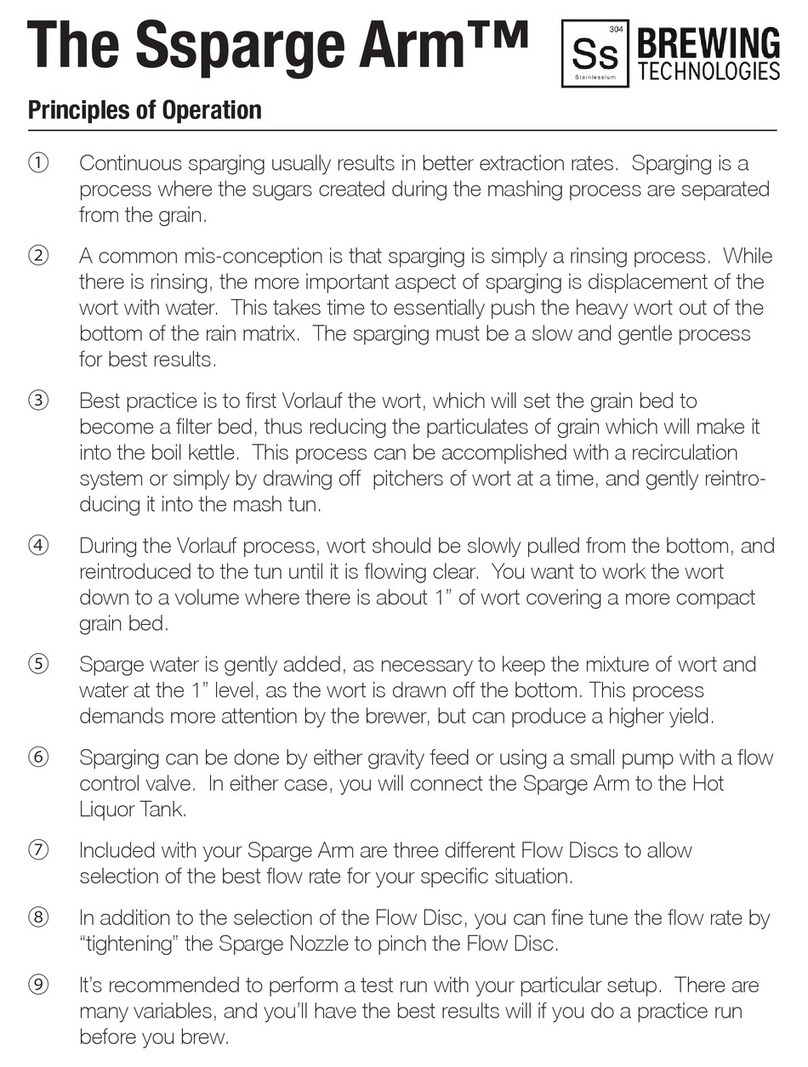
Ss Brewtech
Ss Brewtech Ssparge Arm User manual
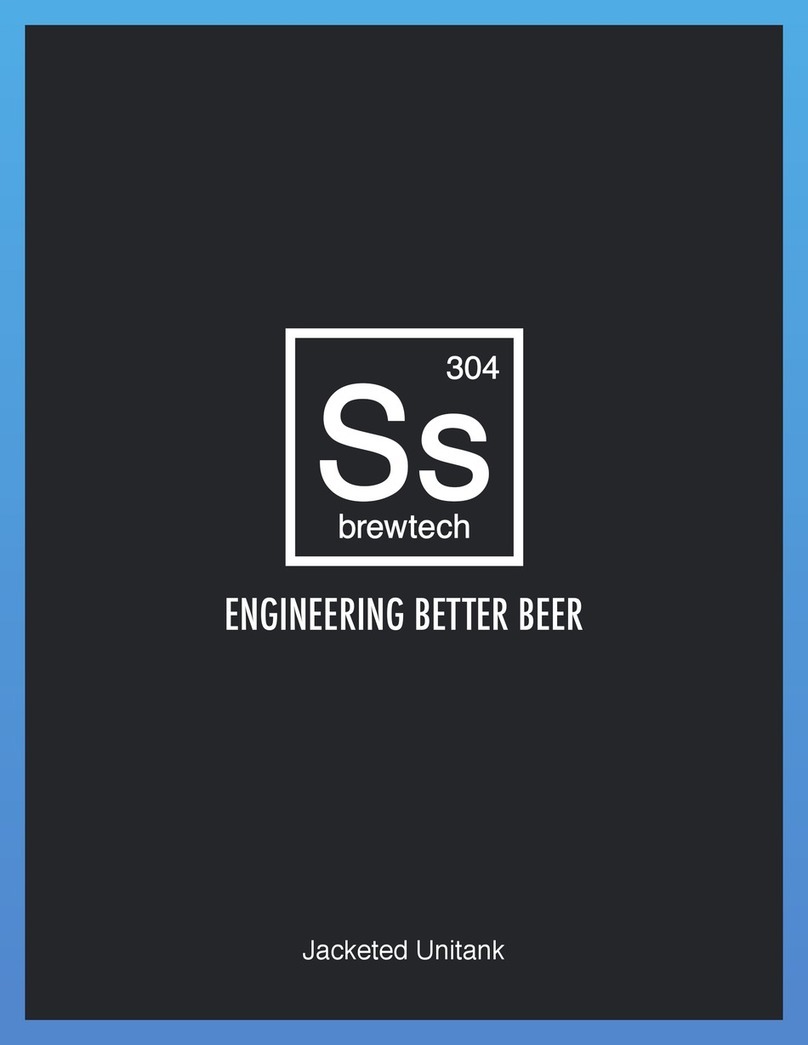
Ss Brewtech
Ss Brewtech Jacketed Unitank User manual
Popular Brewing System manuals by other brands
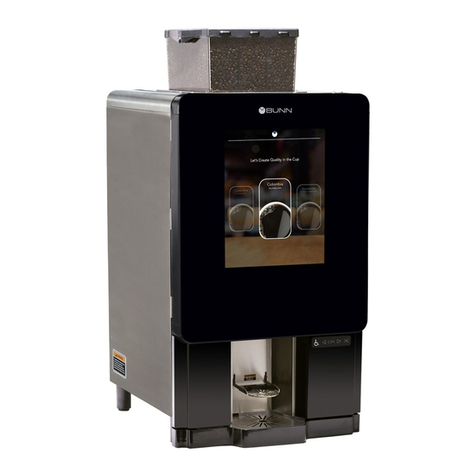
Bunn
Bunn Sure Immersion 312 Installation & operating guide

AMW
AMW 77110 Specification sheet

MoreBeer
MoreBeer KEG400 Instructions for use
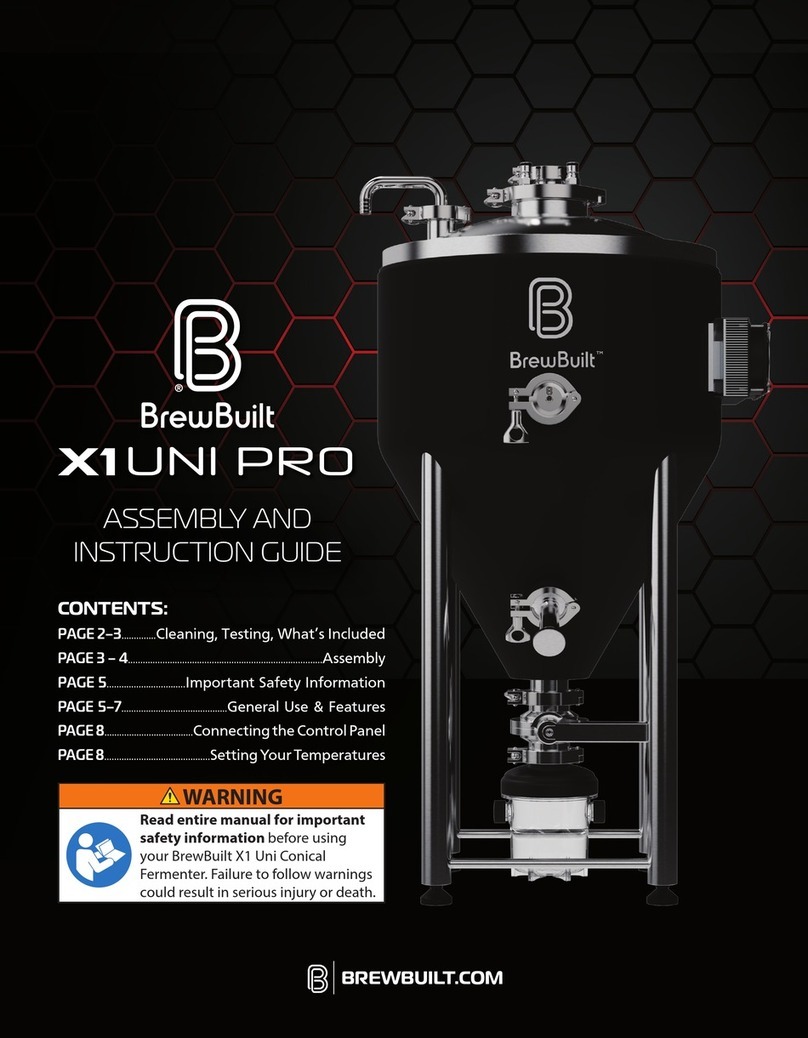
BrewBuilt
BrewBuilt X1 UNI PRO Assembly and Instruction Guide

Klarstein
Klarstein 10031629 manual
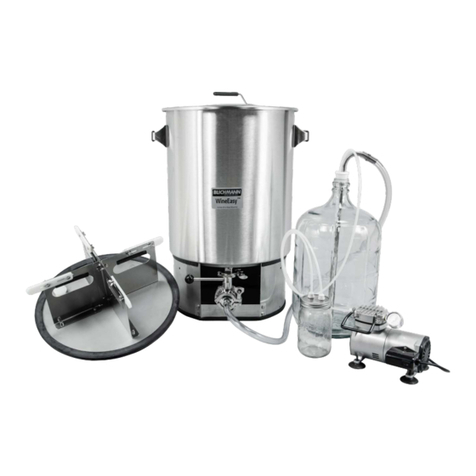
Blichmann Engineering
Blichmann Engineering WineEasy Assembly operation maintenance
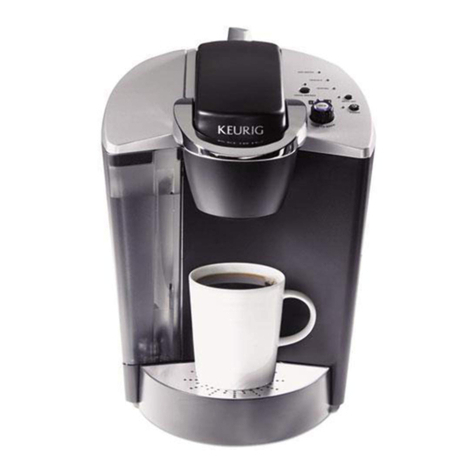
Keurig
Keurig K-CUP K140 Operator's manual
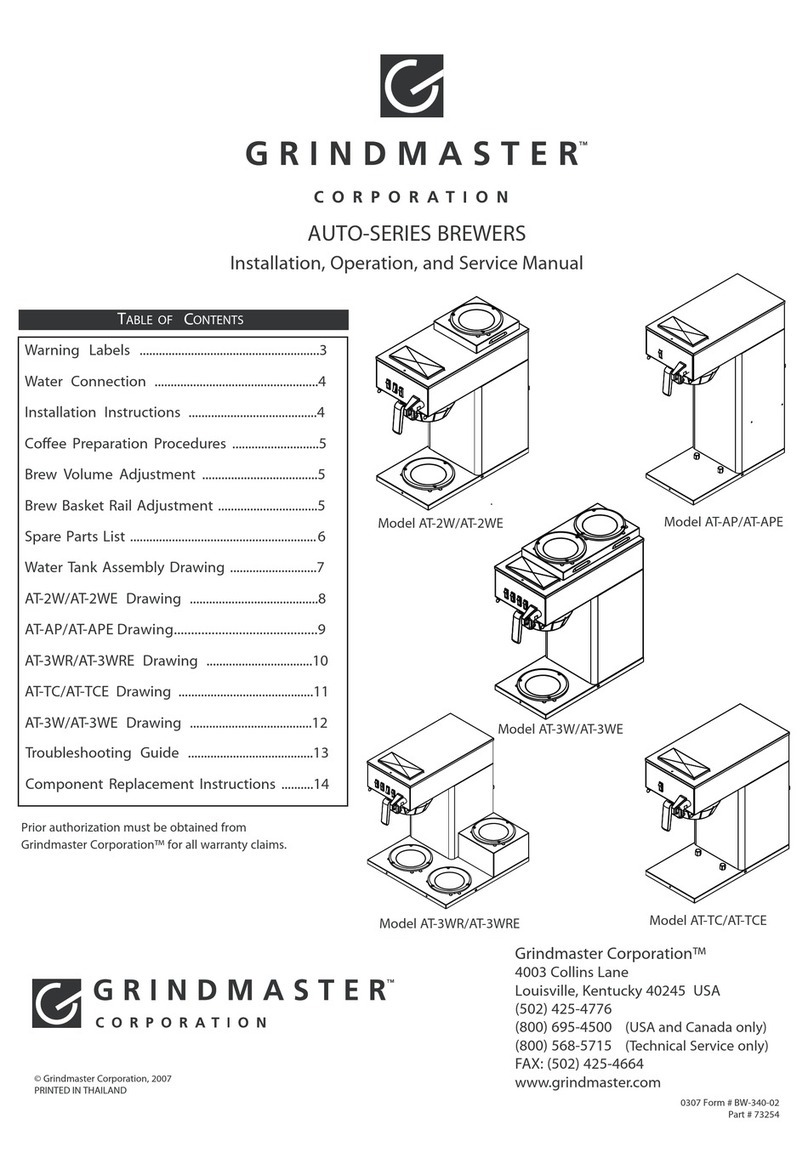
Grindmaster
Grindmaster AUTO Series Installation, operation and service manual

BROOD
BROOD DRNX SLM manual
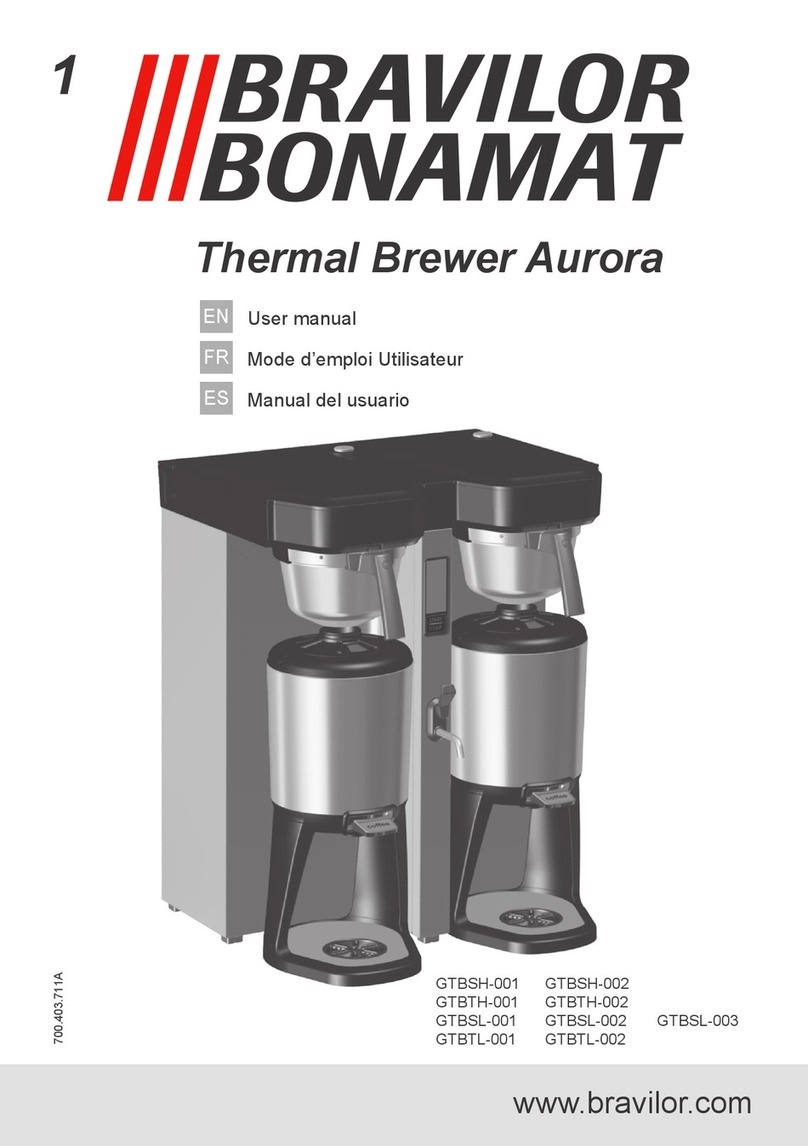
BRAVILOR BONAMAT
BRAVILOR BONAMAT Aurora GTBSH-001 user manual
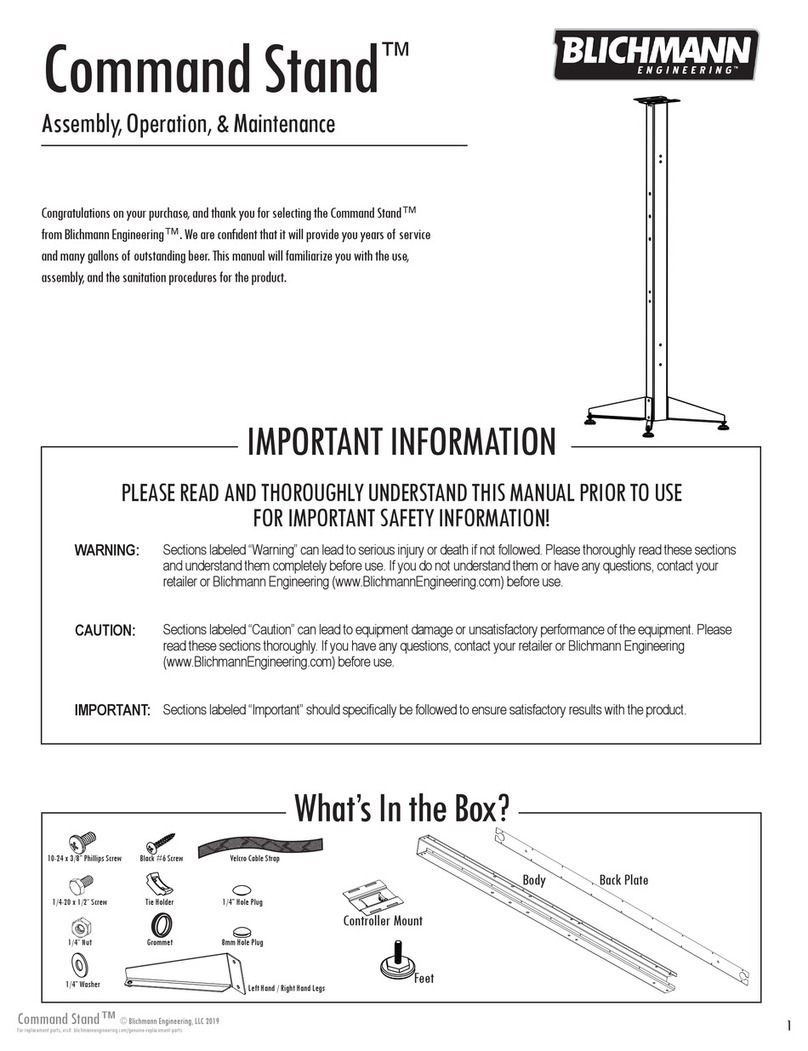
Blichmann Engineering
Blichmann Engineering Command Stand Assembly operation maintenance

DEMON BREWING
DEMON BREWING BREWDEMON instructions








